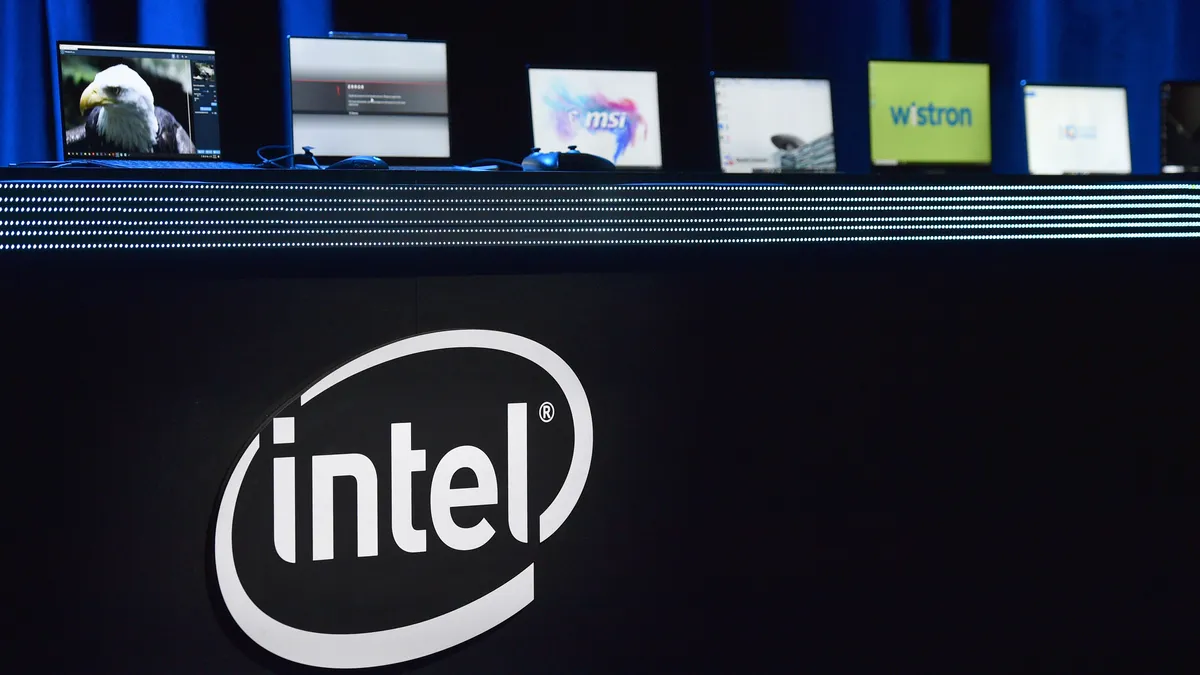Dive Brief:
- The Linux Foundation’s AI and Data Foundation is working to standardize enterprise open-source AI through its latest sandbox project, the group said Tuesday.
- The goal of the Open Platform for Enterprise AI is to create architectural blueprints, frameworks and a four-step assessment, which organizations can use to grade the performance, features, trustworthiness and enterprise-grade readiness of generative AI systems.
- VMware, Intel, Red Hat and Hugging Face are among the leaders of the project. Other interested organizations and individuals can join the OPEA project, too.
Dive Insight:
Open source is a tried and tested category of enterprise technology, but its value and risks are less clear for organizations when it comes to the new wave of AI.
Open models, which allow developers to build upon and adapt previous work, can potentially offer enterprises the opportunity to explore and craft a generative AI strategy without compromising the budget, Chirag Dekate, VP analyst at Gartner, told CIO Dive in February.
But Dekate urged caution for CIOs contemplating using open models for externally facing applications due to potential litigation risks.
Open-source models, such as Google’s Gemma and Meta’s Llama 2, can save CIOs the time and resources it would have taken to build from the ground up. The downsides, however, are still largely undefined and focus on legal ramifications.
“The tricky bit is that, while we have 20 years or more of well-developed legal knowledge and licensing around how to define open source and what it all means, we have much less of this in terms of these new foundation models,” Erik Erlandson, senior principal software engineer, emerging technologies at Red Hat, told CIO Dive in November.
The lack of vendor transparency around how models work complicates efforts to clear the confusion.
Open-source generative AI has already caught the attention of regulators. Open-weight models were the subject of a 30-day request for public comment from the Department of Commerce’s National Telecommunications and Information Administration in February. The administration plans to use the findings, along with listening sessions and direct outreach, to inform an upcoming report offering policy recommendations and outlining risks and benefits.
“It’s clear to the experts that this is not a binary issue,” said Alan Davidson, assistant secretary of commerce for communications and information and NTIA administrator, in February. “There are gradients of openness and that will be something we will be exploring as we move forward and try to find solutions that promote innovation and safety.”













